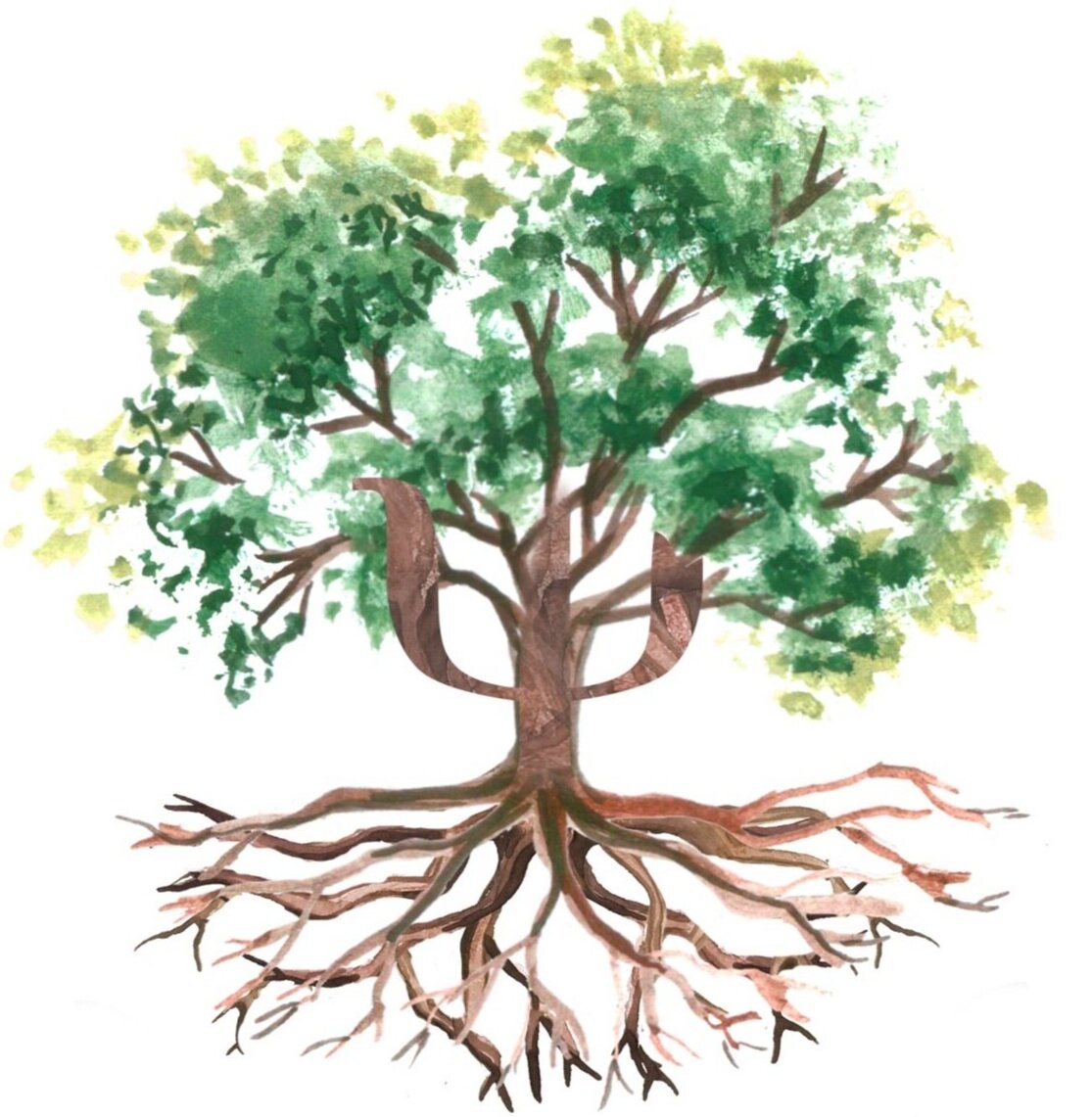Instead of talking through a memory in detail, EMDR focuses on helping your brain process it in a different way. During sessions, you’ll briefly bring a distressing memory to mind while engaging in bilateral stimulation, such as eye movements, tapping, or sounds, which alternates between the left and right sides of the body. This process is thought to support the brain’s natural healing, reducing the emotional charge of the memory and making space for healthier beliefs.
How Does EMDR Work?
When we go through something overwhelming, our brain does not always process it properly. EMDR helps the brain finish that process. With the help of a trained therapist, you gently revisit the memory while using bilateral stimulation. This combination is believed to help rewire how the memory is stored, so it feels less distressing over time. Some researchers suggest that EMDR works in a similar way to REM sleep. That is the part of sleep where your brain naturally sorts through emotions and experiences. Over time, EMDR can reduce emotional distress, shift negative self-beliefs, and build emotional resilience.
Who is EMDR for?
EMDR is a great option for anyone who’s still feeling the emotional weight of something that’s happened, whether it was recent or years ago. If something is still affecting your daily life, mood or self-esteem, it might be worth exploring. EMDR is commonly used to support people with:
Trauma, PTSD, and Complex PTSD (c-PTSD) (e.g., accidents, abuse, violence, natural disasters)
Anxiety and Panic Attacks
Phobias
Depression
Grief and Loss
Low Self-esteem or Negative Self-beliefs
Chronic Stress or Burnout
Performance Anxiety (e.g., in work, sports, or the arts)
Attachment and Relationship Difficulties
A lot of people turn to EMDR when they have tried talk therapy but still feel stuck. It offers another way in, especially for experiences that feel hard to put into words.
What happens in an EMDR Session?
EMDR typically follows a structured process, but your therapist will go at a pace that feels right for you. Here’s a simple breakdown of what the journey could look like:
Phase 1: History-Taking
Your therapist will get to know your history, current concerns, and what you hope to achieve in therapy.
Phase 2: Preparation
In this phase, you’ll learn calming and grounding techniques to help manage any strong emotions that arise during the process.
Phase 3: Assessment
In phase 3, you will focus on a specific memory and identify a few key elements related to the memory:
A vivid image that represents the memory
A negative belief you hold about yourself in relation to it (e.g. “I’m not safe” or “It was my fault”)
Any emotions or physical sensations that come up when you think about it
You will also choose a positive belief you'd like to adopt going forward, such as “I did the best I could” or “I’m safe now.”
Phase 4: Desensitisation and Reprocessing
While focusing on the memory, you’ll engage in bilateral stimulation (such as eye movements or tapping). This helps the brain process the memory and reduce its emotional intensity.
Phase 5: Installation
During this phase, your therapist will help you strengthen a positive belief related to the memory, supporting a more adaptive perspective.
Phase 6: Body Scan
You will be asked to notice how your body feels while thinking about the memory and the positive belief. This helps identify if any physical tension or discomfort remains, as the body can hold onto stress even after the memory feels less upsetting. If discomfort remains, further EMDR processing may be done to resolve it fully.
Phase 7: Closure and Stabilisation
Each session ends with techniques to help you feel calm and grounded. You’ll also prepare to manage any feelings that arise between sessions.
Phase 8: Re-evaluation
In the following sessions, your therapist will review your progress, revisit targets if needed, and help you plan the next steps.
So How Does EMDR Compare to Talk Therapy?
Now that we’ve explored how EMDR works, who it may benefit, and what a typical session could look like, you might be wondering how it compares to more traditional forms of therapy. While both EMDR and talk therapy aim to support emotional healing, they differ in how they approach distressing memories and the pathways they use to promote recovery. The following comparison highlights some of the key differences between the two.
Curious About EMDR?
Whether you're ready to start or just want to explore your options, we’re here to help. If there’s something in your past that still weighs on you, EMDR could be a powerful way to move forward. Feel free to get in touch with us to learn more or book a consultation.


